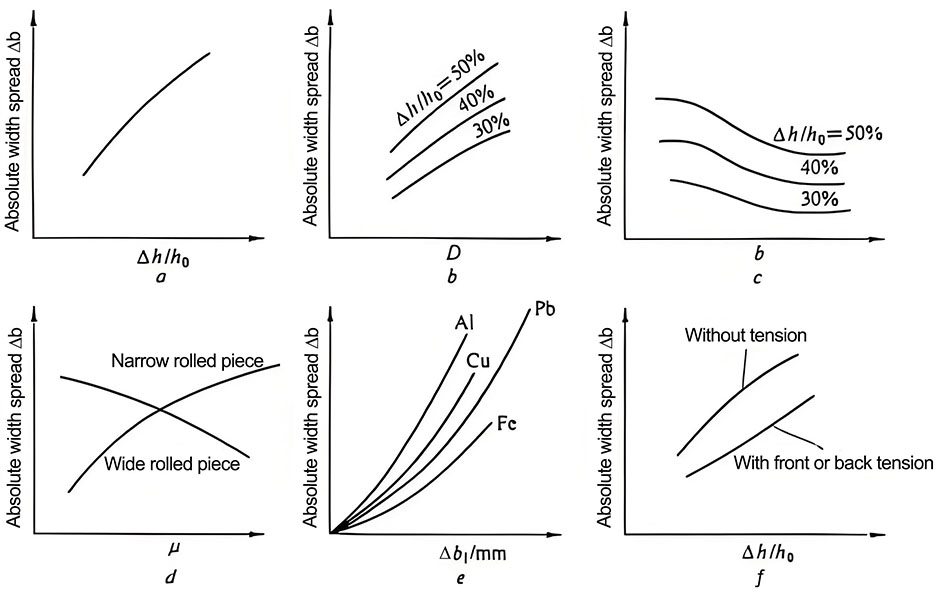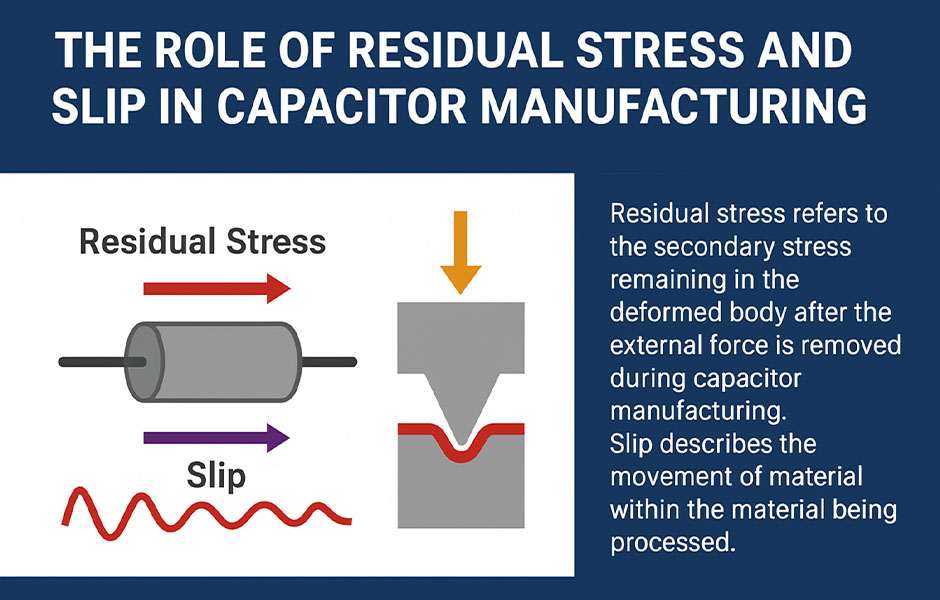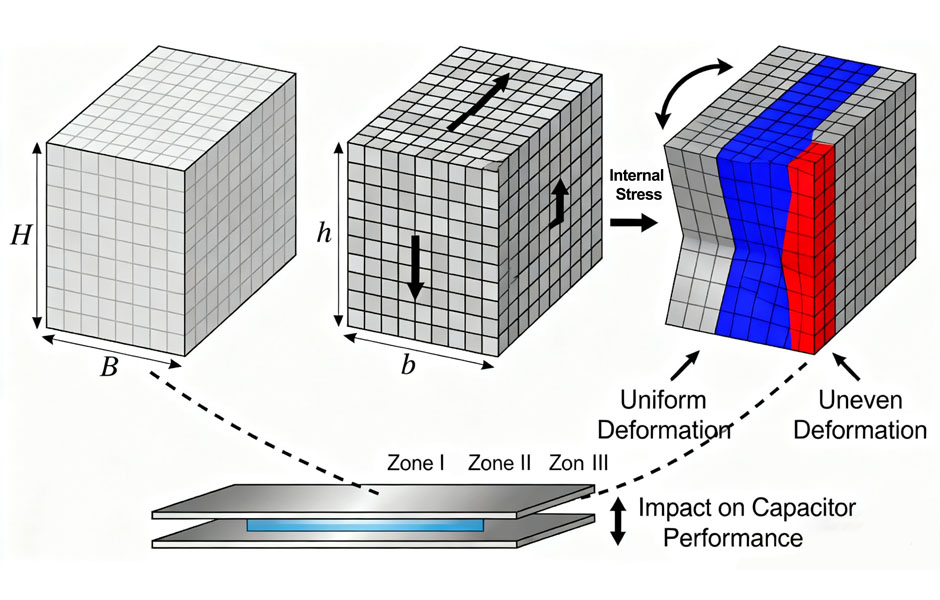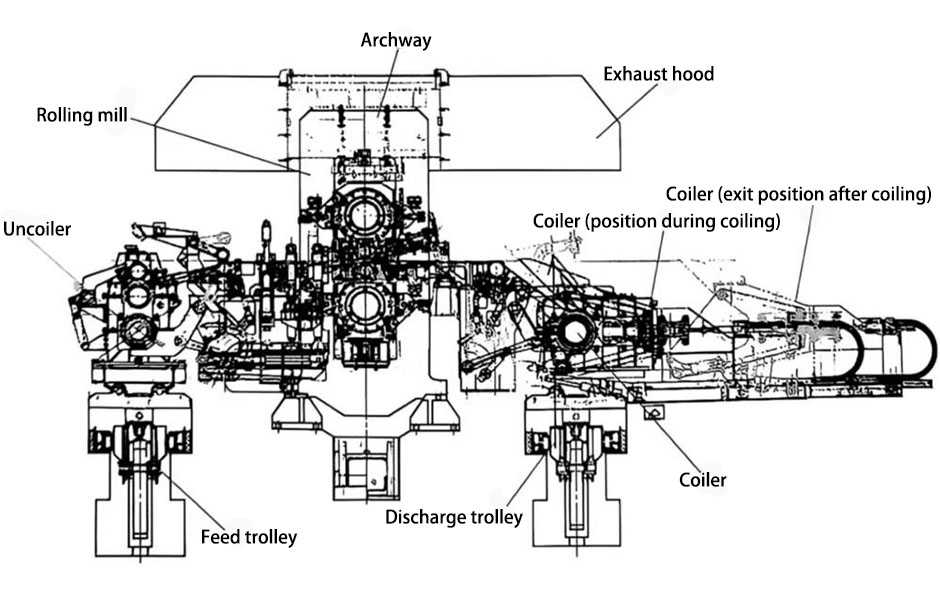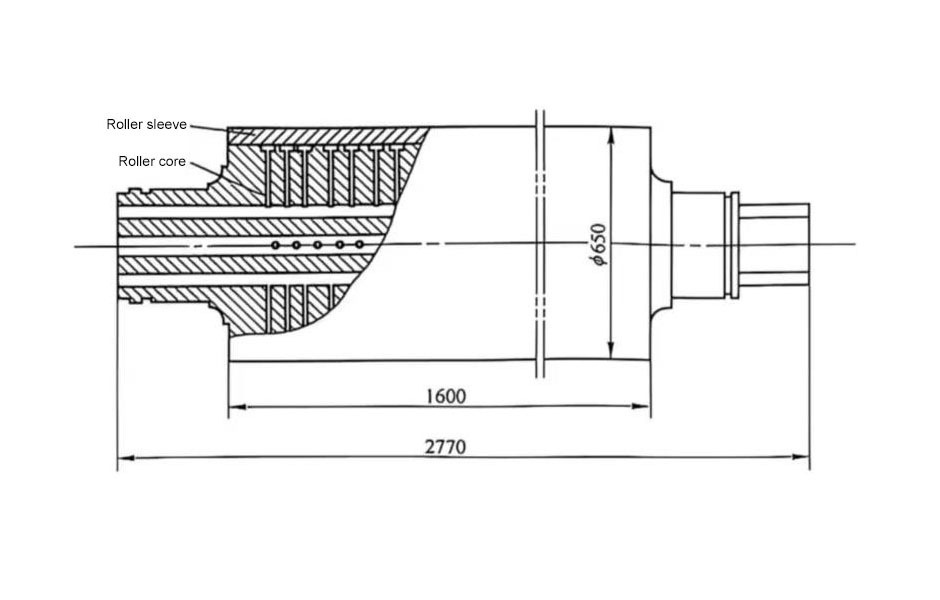Supercapacitor applications
1. Application of supercapacitor in solar energy system
The use of solar energy sources ultimately comes down to two aspects of solar energy utilization and solar energy utilization. Solar power generation is divided into photovoltaic power generation and solar thermal power generation, in which photovoltaic power generation uses photovoltaic cells to directly convert solar energy into electrical energy. Photovoltaic power generation is far stronger than CSP in terms of conversion efficiency, equipment cost and development prospects. Since the advent of practical polycrystalline silicon photovoltaic cells, the world has begun to use solar photovoltaic power generation.
At present, solar photovoltaic power generation systems have three development directions: independent operation, grid-connected and hybrid photovoltaic power generation systems. In an independent operating system, the energy storage unit is generally required to store the remaining electrical energy emitted by the sun for insufficient sunshine or no sunshine. At present, the demand of the international photovoltaic energy industry has begun to develop from the remote rural areas and special applications to the grid-connected power generation and construction combined power supply. Photovoltaic power generation has the transition from supplementary energy to alternative energy. The domestic photovoltaic energy system is still mainly used in remote and non-electric areas and urban street lights, lawn lights, garden lights, billboards and other independent photovoltaic power generation systems. Through the energy storage system composed of battery packs, it can smooth the fluctuation of electric energy caused by fluctuations in solar light intensity, and can also compensate for voltage dips or sudden rises in the grid system, but due to its limited number of charge and discharge, high current charge and discharge time is slow. And other factors, so its short life and high cost. Therefore, the use of ultra-capacitor banks in solar photovoltaic power generation systems will make grid-connected power generation more feasible.
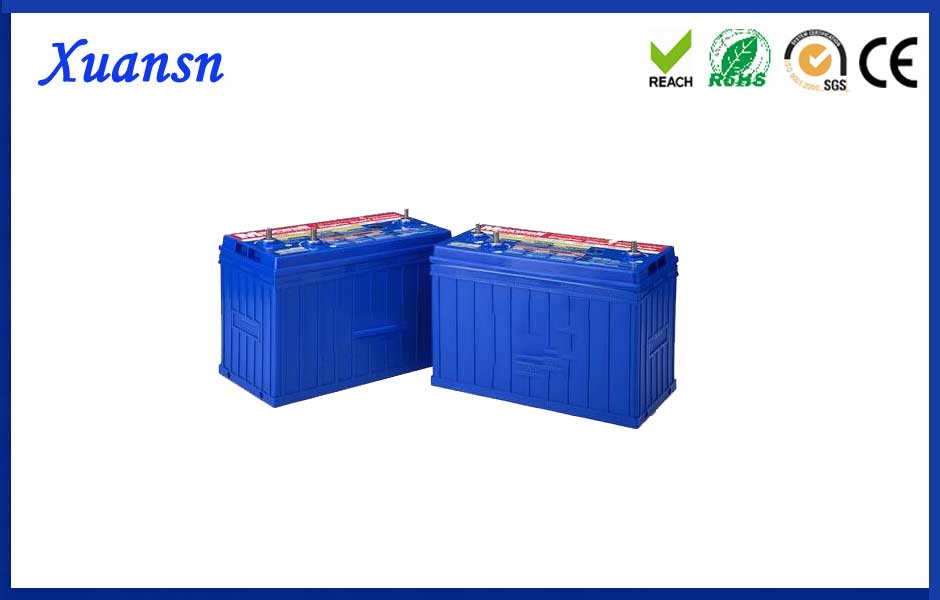 2. Application analysis of supercapacitor in wind power generation system
2. Application analysis of supercapacitor in wind power generation system
As the fastest growing renewable energy power generation technology, wind power has broad application prospects. However, wind energy is a randomly varying energy source. Wind speed changes can cause fluctuations in the output power of wind turbines, which can affect the power quality of the grid.
At present, the active power fluctuation of wind power mostly adopts the method of directly adjusting the operating state of the wind turbine to smooth its output power, but the power adjustment capability of the method is limited; the reactive power fluctuation usually adopts the parallel static reactive power compensation device for reactive power adjustment, but no The power compensation device cannot stabilize the active power fluctuations. By adding energy storage equipment, it is possible to adjust the reactive power, stabilize the bus voltage of the wind farm, and adjust the active power in a wide range. Wind power research shows that the fluctuating power at 0.01Hz-1Hz has the greatest impact on the power quality of the grid. The wind power fluctuation in this frequency band has the greatest impact on the power quality of the grid. Suppressing the wind power fluctuation in this frequency band can be achieved by using short-term energy storage. Therefore, the small-capacity energy storage device capable of realizing short-term energy storage has high application value to wind power generation. Due to its tens of thousands of cycles of charge and discharge cycle life and high current charge and discharge characteristics, supercapacitors can adapt to high current fluctuations of wind energy. It can absorb energy under conditions of sunny or strong wind during the day, and weak at night or wind. When it is discharged, it can smooth the fluctuation of wind power and achieve more efficient grid connection.
3. Opportunities for supercapacitors in the development of new energy vehicles
In the field of new energy vehicles, supercapacitors can be used in conjunction with secondary batteries to achieve energy storage and protect batteries. Usually, supercapacitors are used in combination with lithium-ion batteries. The two are perfectly combined to form a stable, energy-saving and environmentally-friendly power source for hybrid vehicles and pure electric vehicles. Lithium-ion batteries solve the problem of car charging and storing energy and providing lasting power for the car. The mission of supercapacitor is to provide high-power auxiliary power for starting and accelerating the car, and collecting and storing energy when the car is braking or idle. Supercapacitors can quickly recover and store energy when the car is decelerating, descending, and braking. It converts the excess irregular power generated by the car during operation into the charging energy of the battery to protect the safe and stable operation of the battery. When starting or accelerating First, the energy is transferred into the supercapacitor by the battery, and the supercapacitor can provide the required peak energy in a short time.
